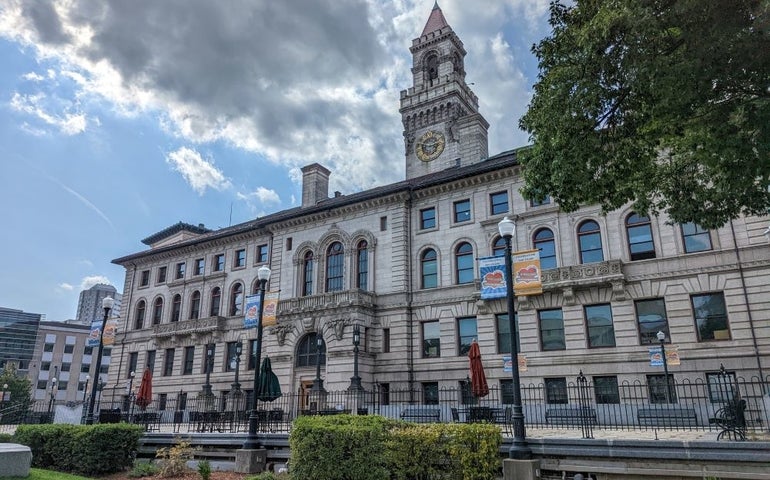The Worcester City Council approved the city manager’s recommended inclusionary zoning plan after voting down the Standing Committee on Economic Development’s proposed plan at Wednesday’s council meeting.
The plan, which was voted for unanimously after an initial failing 7-4 vote, will require developers to set aside 15% of units for households with an income less than 80% of area median income (AMI) or 10% of units available to households making less than 60% AMI.
Housing advocates showed up to the meeting in support of the Economic Development Committee-approved plan, which passed that committee by a vote of 2-1 with Committee Chair and District 1 City Councilor Sean Rose voting against the plan. The Worcester Planning Board unanimously supported that plan. It featured amendments proposed by the Worcester Together Affordable Housing Coalition, which dictated that 10% of units in a development with more than 12 units be set aside for income-restricted households, half of which would be required to be affordable for households making less than 60% of AMI. It dictated the units be affordable in perpetuity, rather than the 30 years recommended in the City Manager’s plan.
Rose spoke up in favor of the city manager’s plan because he said the more aggressive option would dissuade developers from investing in Worcester, citing an example from Virginia consulting firm RKG Associates, Inc.
Rose said he was warned of an increased risk profile in renting to people with lower incomes and the potential for lower property values.
“I believe that the best way to implement this IZ ordinance is to go forward with adjustments and in an incremental way, progressively making the policy stronger as conditions merit,” Rose said at the meeting, “I believe it impossible to go backwards if we overshoot the restrictions at the outset.”
Rose added amendments to the City plan, one strengthening the accessibility requirements to include any required accessible units in the project include a mix of affordable units to reflect the larger affordability requirements. He added incentives listed as part of the IZ plan only be extended to developers willing to dedicate 5% of the units in a project to households making less than 60% AMI.
Councilor-at-Large Khrystian King spoke in favor of the more aggressive plan proposed by the economic development committee, of which he is vice chair, citing a need to retain essential workers and recent graduates of local universities and trade schools, who may have difficulties affording rising rents.
District 5 City Councilor Etel Haxhiaj joined Councilor-at-Large Thu Nguyen, District 4 City Councilor Sarai Rivera and King in voting for the stricter plan. Haxhiaj said developers wouldn’t flee the city under that plan.
“How many residents and taxpayers have fled our city because they don’t see a livable future here?” Haxhiaj said in the meeting. “How many feel left out of the Worcester renaissance?”
A 2022 report from the Worcester Regional Research Bureau found an increasing number of renters in Worcester, more than half, are cost-burdened, meaning they pay more than 30% of their income for rent.
After Tuesday’s vote, the city solicitor will finalize the language of the ordinance. That version is anticipated by the City to be advertised on April 25, with the final version being voted on to be ordained by the City Council at its May 9th meeting.

